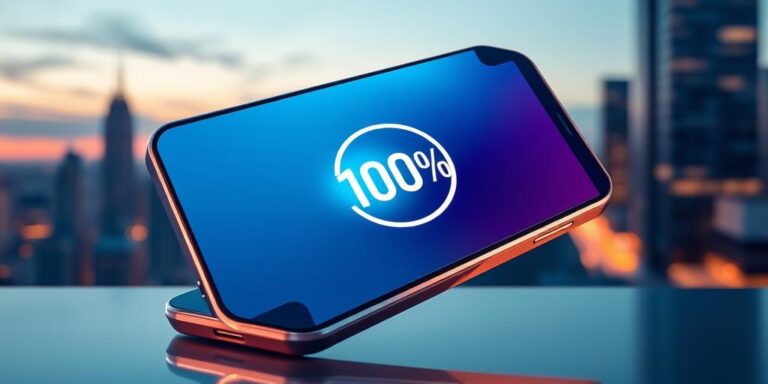Ultra-Long Battery Life: The Holy Grail for Mobile Gadgets (2026 Breakthroughs?)
For years, the battery life of our mobile gadgets has been a persistent source of frustration. Whether it’s smartphones, tablets, or wearables, the quest for longer-lasting power has been a never-ending pursuit. As we approach 2026, significant breakthroughs are on the horizon, promising to revolutionize how we use our devices. This article explores the advancements poised to deliver ultra-long battery life, examining the technologies and innovations that could redefine our mobile experience.
The Current State of Battery Technology
Before diving into future breakthroughs, it’s essential to understand the current limitations. Lithium-ion batteries have been the industry standard for decades, offering a high energy density relative to their size and weight. However, they are approaching their theoretical limits in terms of energy storage. Factors such as degradation over time, safety concerns, and environmental impact are driving the search for alternatives.
Promising Battery Technologies
Several emerging technologies are showing promise in extending battery life and overcoming the limitations of lithium-ion batteries:
- Solid-State Batteries: These batteries replace the liquid electrolyte with a solid material, offering higher energy density, improved safety, and longer lifespans. Solid-state batteries are less prone to overheating and can potentially double the energy density of current lithium-ion batteries.
- Lithium-Sulfur (Li-S) Batteries: Li-S batteries use sulfur as the cathode material, which is more abundant and less expensive than the cobalt used in lithium-ion batteries. They offer the potential for significantly higher energy density, although challenges related to cycle life and stability remain.
- Graphene Batteries: Graphene, a single-layer of carbon atoms, is an excellent conductor of electricity and heat. Graphene-enhanced batteries can charge faster, discharge more efficiently, and have a longer lifespan. Graphene can be used in various battery components to improve overall performance.
- Silicon Anodes: Silicon can store significantly more lithium ions than graphite, the traditional anode material. However, silicon expands and contracts during charging and discharging, leading to degradation. Nanostructured silicon anodes and composite materials are being developed to address this issue.
- Flow Batteries: While typically used in grid-scale energy storage, flow batteries are also being explored for mobile applications. These batteries store energy in liquid electrolytes, which can be scaled independently of the battery’s power output. This design offers flexibility and long cycle life.
Innovations in Energy Management
Beyond battery technology, advancements in energy management are also crucial for extending battery life:
- Improved Power Efficiency: Modern processors and displays are becoming increasingly energy-efficient. Optimized software algorithms and adaptive power management techniques can further reduce energy consumption.
- Wireless Power Transfer: Wireless charging technologies, such as resonant inductive coupling and radio frequency (RF) charging, are becoming more efficient. Over-the-air charging could provide continuous power to devices, eliminating the need for frequent plug-in charging.
- Energy Harvesting: Ambient energy sources like solar, thermal, and kinetic energy can be harvested to supplement battery power. While the energy generated is typically small, it can extend battery life in certain applications.
Potential Impact on Mobile Gadgets
The breakthroughs in battery technology and energy management will have a profound impact on mobile gadgets:
- Extended Usage: Users can expect significantly longer usage times between charges, reducing the anxiety of running out of power.
- New Form Factors: Smaller, lighter devices will be possible due to the higher energy density of advanced batteries.
- Enhanced Performance: Devices can operate at higher performance levels without draining the battery as quickly.
- Reduced Environmental Impact: Longer battery lifespans and more sustainable materials will reduce the environmental footprint of mobile devices.
Challenges and Future Directions
Despite the promising advancements, several challenges remain:
- Cost: Many of the new battery technologies are currently more expensive than lithium-ion batteries.
- Scalability: Scaling up production to meet the demand for mobile gadgets requires significant investment and infrastructure.
- Safety: Ensuring the safety of new battery technologies is paramount before widespread adoption.
The future of mobile gadget battery life looks promising. As we approach 2026, ongoing research and development efforts are expected to overcome these challenges, paving the way for ultra-long battery life and transforming the mobile experience.




